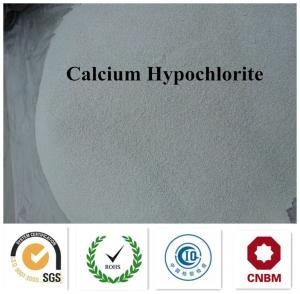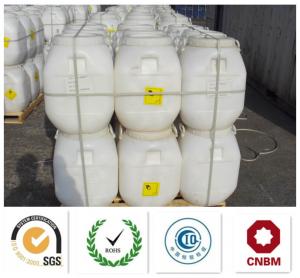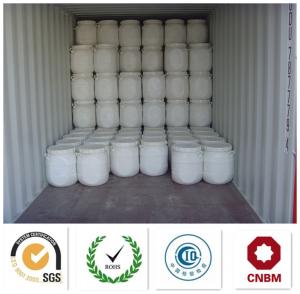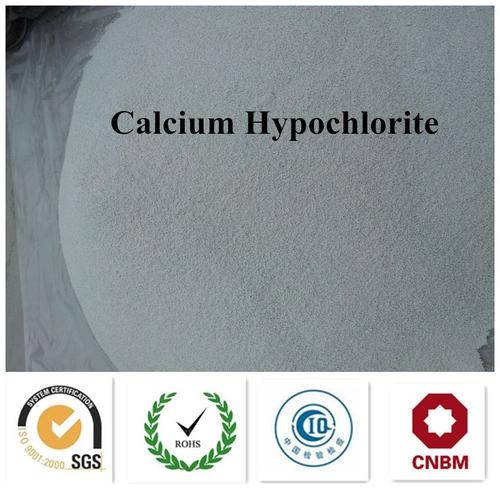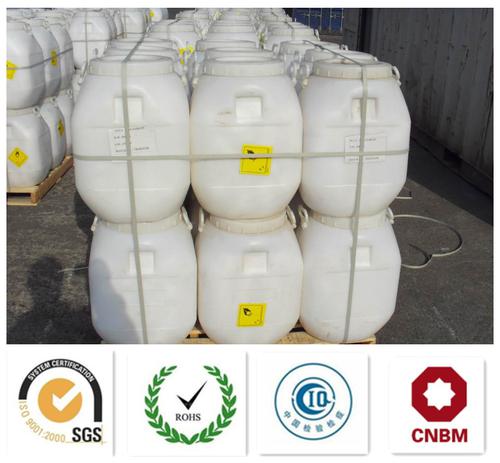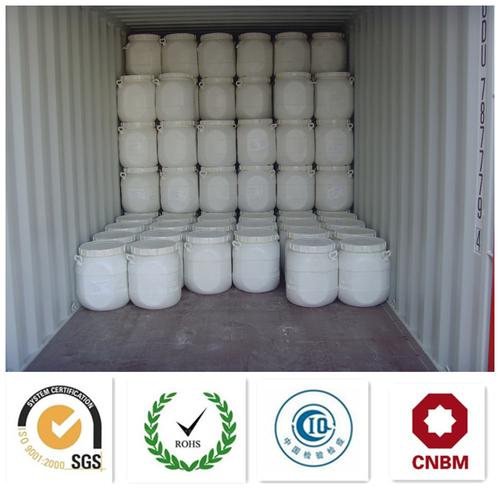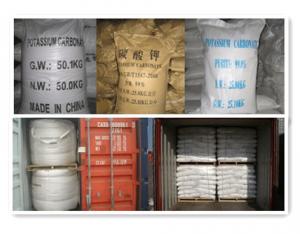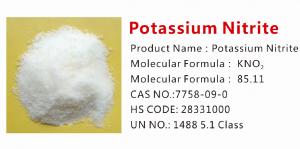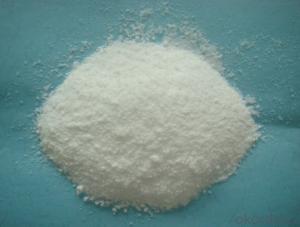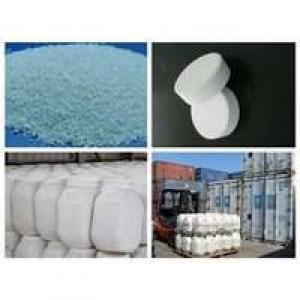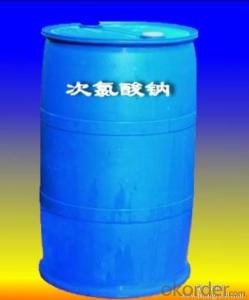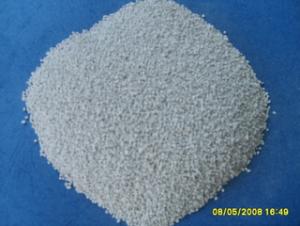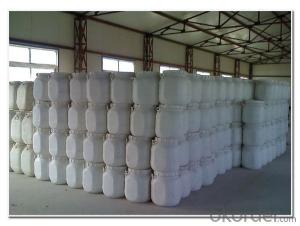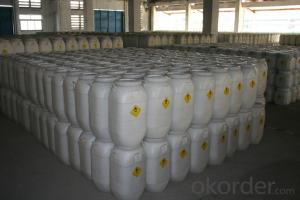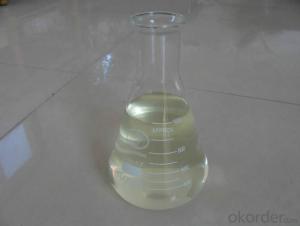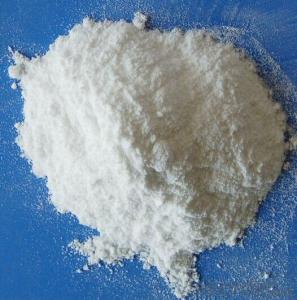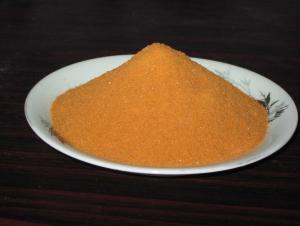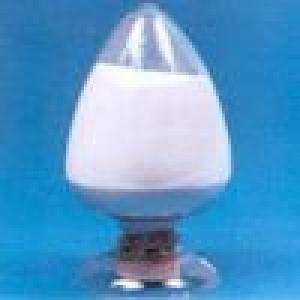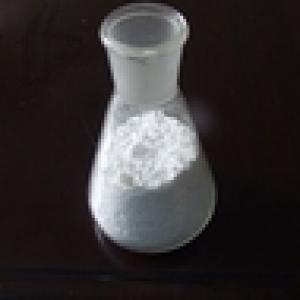Calcium Hypochlorite Power For Water treatment
- Loading Port:
- Tianjin
- Payment Terms:
- TT OR LC
- Min Order Qty:
- -
- Supply Capability:
- 2000 m.t./month
OKorder Service Pledge
OKorder Financial Service
You Might Also Like
Calcium Hypochlorite
Introduction:
CNBM GROUP is the biggest water Treatment Factory in China. Our Product include: Calcium Hypochlorite, TCCA, SDIC, PAC, Sodium Sulphite, Sodium Thiosulfate etc.
CNBM One year can produce 18,000MT Calcium Hypochlorite with two model, one is 65% and one is 70%. More important we have 3 advantages, Firstly: High effective chlorine content Secondly: Good stability. Can be stored a long time at normal temperature with little chlorine loss; Third:Good solubility, less water-insoluble matters.
Technical Specifications:
Calcium Hypochlorite 65%
Index Name | Top Grade | First Grade |
Chlorine Content ≥ | 65% | 60% |
Moisture ≤ | 3% | 3% |
Yearly Loss of Active Chlorine | 8% | 8% |
Calcium Chloride | 9% | 10% |
Color | White or Light-grey | ----- |
Shape | Power & Granular |
|
Calcium Hypochlorite 70%
Index Name | Top Grade | First Grade | Quality Product |
Chlorine Content ≥ | 70% | 67% | 65% |
Granularity(14-50 mesh)% ≥ | 90 | 87 | 87 |
Moisture % | 5.5~10 |
|
|
Tablets Forms
Weight | 200 gram | 150gram | 100gram | 50gram | 30gram | 20gram | 15gram | 10gram |
Diameter(mm) | 76 | 70 | 50 | 42 | 30 | 30 | 30 | 30 |
Height(mm) | 25 | 21 | 26 | 27 | 22 | 16 | 12 | 8 |
Applications:
1. For bleaching purpose of wood pulp, silk, cloth and fibre.
2. Disinfection and water-treatment.
3. Disinfectant for chemical poisonous and radioactive substance.
Formula Experiment Design: (Base on 1MT Water)
Constitue Dosage
Calcium Hypochlorite 65% 100kg
Disinfection Liquid 1% Calcium Hypochlorite 65% 1.7g
Shipping Containers:
45—50kg Plastic or Steel Drums with Inner Plastic Bag.
Cautions
1. Should be stored in cool and dry warehouse away from heating sources and avoid direct sunlight.
2. In transportation, contact with such should be avoided as sunlight, heating,moisture, organics, oil and acids.
Other Information please check the MSDS.
- Q: TRUE OR FALSE: the addition of salts to water will always increase the surface tension of water. explain.?
- False. Although inorganic salts will increase surface tension of the water by increasing the attractive forces between water molecules on the surface, organic salts will typically (always?) decrease the surface tension.
- Q: give me at least 5 substances
- Organic: methane CH4, propanone CH3COCH3, glucose C6H12O6, ethanol CH3CH2OH, ethene C2H4 Inorganic: CO2, SO3, NO, NO2, SO2 Acid: HCl, HNO3, H2SO4, HCOOH, H2CO3 Base: NaOH, KOH, CaO, CaCO3, MgO Salt: NaCl, KCl, MgCl2, CaCl2, KBr
- Q: Octopus why the lack of boron-containing inorganic salts can cause rape to flow only without fruit
- When the boron deficiency occurs, pollen tube germination is affected and poor fertilization leads to seed formation.
- Q: The lack of symptoms and food sources of several inorganic salts
- Food sources of inorganic salts containing calcium Source: dairy products, beans, cereals, kelp and so on. Source: seafood, etc. Food of iron-containing inorganic salts Source: Fruits Containing iodine-containing inorganic salts Source (trace): seaweed, jellyfish, corn, mussels, etc. Zinc-containing inorganic salt food sources (trace): animal liver (viscera), fruit, peanuts, etc.
- Q: What is the inorganic salt, is not the organic salt and is not the inorganic salt
- In fact, Na2CO3 is also inorganic salt ah! The Can not according to whether there is C to divide!
- Q: Is the inorganic salt related to the excitement
- Nerve impulses are transmitted in all or no way without attenuation along the nerve fibers. The conduction velocity of the action potential varies depending on the type of the animal, the type of nerve fibers, the thickness and the temperature.
- Q: Think about the physical and chemical properties of salt and sugar. What properties do these substances have in common? Describe which properties you could use to distinguish between them. What properties and units would you use to describe their physical and chemical characteristics? List as many as you can.
- Salt: inorganic, ionic bond, soluble in water (ionizes); forms a crystal lattice structure as a solid. Sugar: organic compound, mostly covalent bonds, also soluble in water but does not ionize, can be burned, tastes good (just kidding).
- Q: Why are inorganic sodium salts much better soluble in ethanol than potassium salts?
- Potassium's lone electron is much more easily transferred to produce a potassium ion than is sodium's because of its electronic structure so that any potassium salt is more ionic in nature than is its analogous sodium counterpart. Since ethanol is not very acidic (polar) it solublizes less polar materials preferentially over more polar ones. Therefore, sodium salts will, generally, be more soluble in ethanol than will be potassium analogs.
- Q: Lack of calcium, phosphorus, iron, zinc inorganic salt should eat what?
- Soy products containing more calcium. Animal liver, spinach iron, zinc and so on.
- Q: Inorganic salt is not salty
- HCl (hydrochloric acid) dilute: more acid, feeling slippery mouth, the typical vomit feeling, slightly spicy. Concentration: extreme acid, spit after the bitter taste, and then the whole mouth cold, 10 minutes later improved.
Send your message to us
Calcium Hypochlorite Power For Water treatment
- Loading Port:
- Tianjin
- Payment Terms:
- TT OR LC
- Min Order Qty:
- -
- Supply Capability:
- 2000 m.t./month
OKorder Service Pledge
OKorder Financial Service
Similar products
Hot products
Hot Searches
Related keywords
